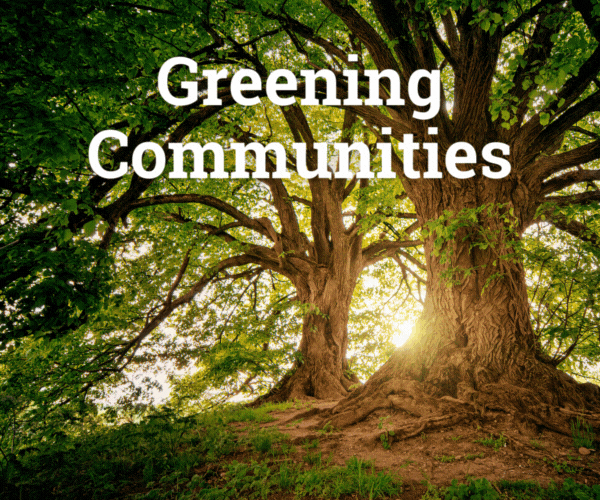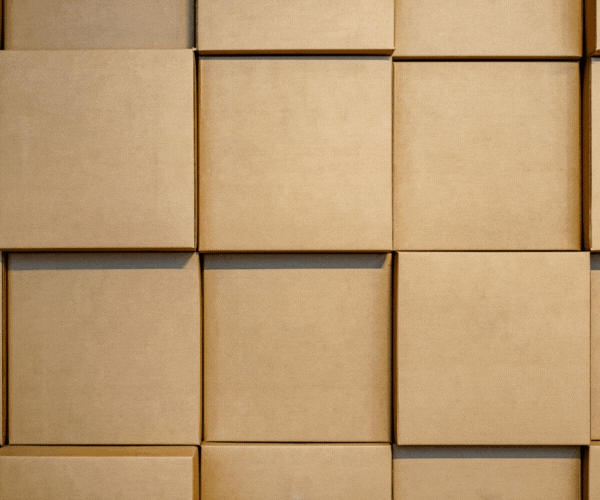LOS ANGELES — Protests sparked by Immigration and Customs Enforcement (ICE) raids have entered their fifth day, heightening tensions in the Korean American community.
Many Korean residents, still bearing the scars of the 1992 LA Riots, are growing anxious as the unrest threatens to spill into Koreatown.
As the anti-ICE demonstrations continued on Tuesday, LA Mayor Karen Bass announced a curfew for downtown to control the escalating situation.
Concerns escalated further when reports surfaced that on the morning of June 6 — day one of the raids — Ambiance Apparel, a Korean-run clothing company located in the downtown Fashion District, was raided and over 10 employees were detained.
Fearing broader enforcement targeting Korean-owned businesses, some merchants have shut down early and sent their employees home.
A Korean business owner who requested anonymity said “I heard around 40 agents from the Department of Homeland Security and the FBI stormed the store. Once word spread, nearby businesses followed suit, closing up and releasing staff.”
Korean employers in industries with a high concentration of Latino workers — such as construction, food service and garment manufacturing — are reporting even more disruptions. Some Latino workers are staying home out of fear over their immigration status, resulting in severe labor shortages and declining sales due to decreased access to downtown areas.
A clothing wholesaler in San Pedro said “Most of my workers are Latino, but hardly anyone has shown up since the raids started. It’s getting impossible to operate.”
A grocery market owner added: “Even though our store isn’t in the immediate area, employees are reluctant to come in because they’re worried about their family members’ status.”
Seniors are also growing fearful.
Choi Ae-rim, 85, who lives in the Angelus Plaza senior complex near the protests, said “Seeing cars burning on the news reminded me of the LA Riots. I’m staying inside until things calm down.”
In response to the eerily quiet downtown streets and little to no customers or staff for the few businesses that remained open, on the morning of June 10, the Korean American Federation of Los Angeles and the city’s Korean consulate held an emergency meeting with city officials, including the offices of Mayor Bass and City Councilmember John Lee.
Attendees included representatives from the Korean American Chamber of Commerce, Korean American Construction Association, Korean Apparel Manufacturers Association, Korean American Bar Association, Olympic Police Station Support Group, Korean American Nurses Association of Southern California, Korean American Restaurant Association, Korean American Grocers Association of California, Korea International Trade Association (KITA) and the National Unification Advisory Council LA Chapter.
Korean aides from the city officials’ offices distributed Korean-language materials as attendees discussed immigrant rights and community-level protection responses.
Mayor Karen Bass, who attended the meeting, said “I understand the concerns and anxiety within the Korean American community … Korean and other Asian immigrant communities are an essential part of Los Angeles, and we are committed to doing everything we can to ensure your safety.”
“Currently, protests are limited to parts of downtown,” she added. “The rest of the city remains stable. Some media coverage and the National Guard deployment are exaggerating the situation.”
She did not provide specific answers regarding compensation for damages sustained during the unrest.
Consul General Youngwan Kim said “Given the Korean community’s painful memories from the LA Riots and the Black Lives Matter protests five years ago, our top priority is to protect Korean residents and prevent property damage.”
He emphasized the importance of information sharing and emergency communication networks, and noted the consulate had formed a task force to monitor the situation in real time.
Two days prior on June 8, President Donald Trump’s son Donald Trump Jr. had sparked a backlash from Korean Americans throughout the city by posting a controversial image on the social platform X.
The post featured a photo of an armed Korean man on a rooftop during the 1992 LA Riots, along with the caption “Make Rooftop Koreans Great Again.” Trump Jr. added in a caption: “The riots stopped when Koreans took to the rooftops.”
In response, the Korean American Federation of LA issued a statement on June 9 strongly condemning the post.
“Trump Jr. irresponsibly invoked the trauma of the 1992 LA Riots during a time of ongoing unrest. Politicizing the collective trauma of the Korean community is unacceptable,” the statement read.
As of June 9, the protests had become increasingly violent.
Downtown stores near Broadway — including an Apple Store, Adidas shop, jewelry store, pharmacy, shoe shop and marijuana dispensary — were looted, with additional establishments set on fire.
After some protesters threw Molotov cocktails and fireworks, the LA Police Department (LAPD) responded with tear gas and rubber bullets.
Over 100 arrests have been made so far, according to LAPD sources.
With ICE planning to continue its enforcement actions, there is growing concern that the protests will persist.
Under two orders from President Trump, 4,000 National Guard troops and 700 Marines have been deployed to downtown LA as of this week.
City officials have ordered municipal employees to work from home and minimize in-person services. Some federal offices in downtown LA have either closed or are operating with minimal staff.
To contain the growing unrest, Mayor Bass announced a curfew for downtown Los Angeles from 8 p.m. Tuesday until 6 a.m. Wednesday.
She said during a Tuesday night press conference that the curfew would apply to a one-square-mile area of downtown “to stop the vandalism, to stop the looting.”





